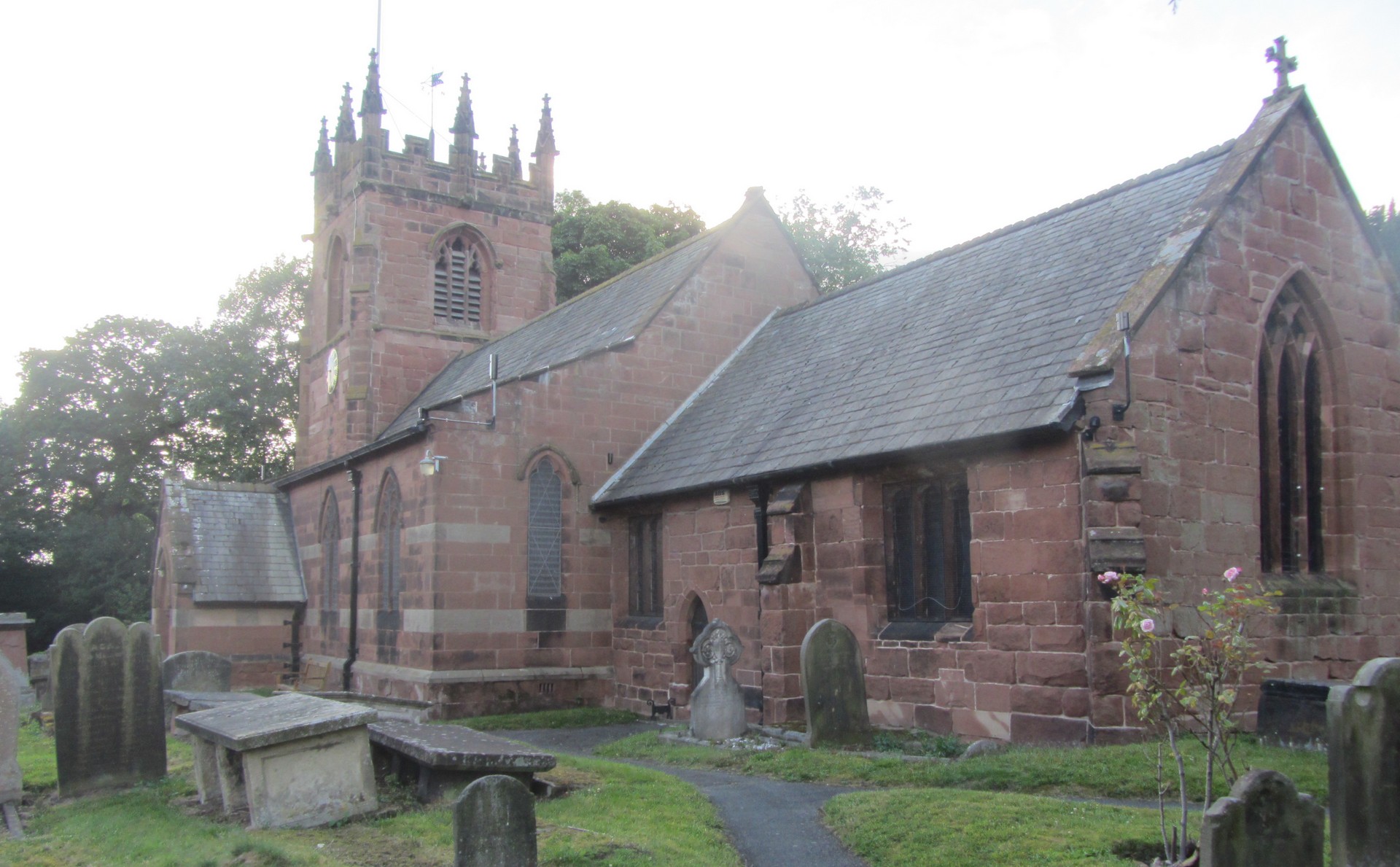Chorlton by Backford - Township Landmarks
Chorlton Hall remains the focus of life in the township; however, it has not been the only one over the years. Three dairy farms have existed separately. Chorlton Lodge, Mount and Grove.
The water supply was at low pressure sometimes, so was supplemented by well water drawn by hand pumping - and even the hot water had still to be carried upstairs in buckets. In the kitchen hung our telephone, a fine old instrument which you had to hand wind to call the exchange. As well as the five servants mentioned, who included a cook, housemaid and nursery maid, we had a gardener and chauffeur, who lived in the two cottages by the front gate; and there were four other gardeners, too.
The company Wild and Sons bought Lodge Farm in 1946. One of the sons, Oulton Wade, created a pig unit at Chorlton in 1955, in support of a traditional Cheshire System - cows eat grass, their milk is converted to cheese, the whey is fed to the pigs, pigs manure the land to grow grass and so on.
In 1967 came foot-and-mouth disease which caused 100 cattle and 1000 pigs to be slaughtered at Lodge Farm. (The only other farm to be affected in the parish was Grove Farm, next door.) For some time they went out of business, though compensation was paid. In the late 1970s, Wades were asked to make Cheshire Farmhouse Blue Cheese to counter increasing demand in the country. Up to then Lodge had produced only milk, and Wild's dairy in Mollington was committed to plain cheese. The two types cannot be made on the same site, so blue cheese came to Chorlton. Unfortunately the market for blue then became oversupplied and after only three years, blue cheese production was halted. Lodge farm was sold by the Wades in 1993, the house in 1998.
A fourth farm in Chorlton specialised in slaughtering. That work stopped temporarily during the 1939-45 war, when private slaughter houses were closed in favour of centralised control by government, and ceased finally in 1975.


